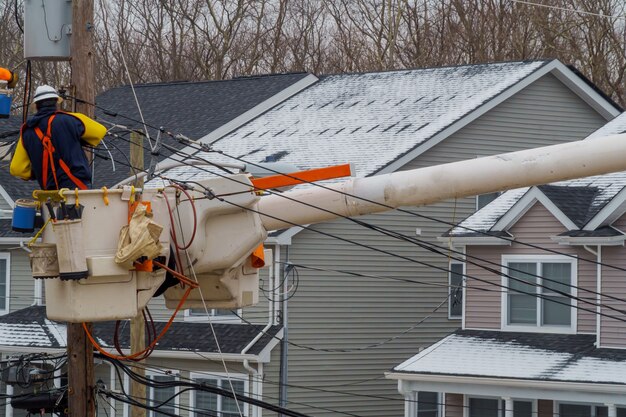Understanding Apartment Utility Costs: What You Need to Know
Picture this: You’ve just signed a lease for your dream apartment. The walls are freshly painted, the view is mesmerizing, and everything feels just right. But amidst the excitement, one crucial question lingers—how much will I actually pay for utilities?
The cost of utilities can significantly impact your monthly budget, so it’s important to anticipate these expenses accurately. Let’s unpack the key factors that determine utility costs for an apartment and then explore some helpful financial strategies for managing your bills.
What Are Typical Utility Costs?
When it comes to budgeting for utilities, several key components should be considered:
- Electricity: Depending on your location, electricity prices can vary greatly, averaging between $30 and $150.
- Water and Sewage: Usually billed together, this can range from $20 to $90.
- Gas: If your apartment uses natural gas for cooking or heating, expect to pay between $10 and $80.
- Internet and Cable: High-speed internet typically costs around $40 to $100, while cable packages can add more if selected.
- Trash Collection: Often bundled with water/sewage, but if separate, plan for an additional $10 to $30.
Overall, you might anticipate spending anywhere from $150 to $350 monthly on utilities, depending on your apartment size, location, and personal usage. Energy-efficient appliances and conservation habits can notably influence these costs.
Variables That Impact Utility Costs
Several factors can subsequently influence your utility expenses:
- Location: Urban areas might have higher rates compared to rural ones, largely due to demand and infrastructure.
- Apartment Size: Larger spaces generally require more energy to heat, cool, and illuminate.
- Climate: Regions with extreme temperatures may lead to higher heating or cooling bills.
- Building's Age and Efficiency: Older buildings may lack modern insulation or energy-efficient appliances, leading to higher consumption.
Managing Utility Expenses
Keeping utility costs low often comes down to usage habits. Here are some practical tips:
- Install Smart Thermostats: They can help optimize heating and cooling cycles based on your schedule.
- Switch to LED Lighting: LED bulbs are more energy-efficient and have a longer lifespan.
- Conserve Water: Simple changes like shorter showers or fixing leaks can cut water bills.
Financial Assistance for Utility Bills
Sometimes, despite our best efforts, unexpected utility bills can strain our finances. Fortunately, there are resources available to provide a safety net:
- Government Aid Programs: Programs like the Low Income Home Energy Assistance Program (LIHEAP) offer support to eligible households.
- Budget Billing Plans: Many utility providers offer plans that spread out your costs evenly throughout the year, avoiding seasonal spikes.
- Payment Plans: Most utility companies provide payment plans for those who need more time to settle bills.
- Community Assistance: Local charities and non-profit organizations often offer assistance to those struggling with utility payments.
Exploring these resources can significantly reduce the burden of utility costs and provide much-needed relief.
Boosting Financial Resilience
Moreover, there are additional avenues to bolster your financial stability:
- Credit Card Solutions: Look into low-interest credit cards to manage payments during tight months.
- Educational Grants: If you’re a student, numerous grants are available to help offset living costs, including housing.
- Debt Relief Options: Consider approaching debt relief programs for structured financial assistance.
Helpful Resources at a Glance:
- 🌍 LIHEAP: Supports energy costs for income-qualified individuals.
- 🏢 Utility Payment Plans: Flexible payment options from your provider.
- 💳 Low-Interest Credit Cards: Assist with temporary financial shortfalls.
- 🎓 Educational Grants: Aid for students managing living expenses.
- 🏚️ Local Welfare Services: Community-based financial support programs.
By staying informed about your utility costs and leveraging available resources, you can keep your budget on track and enjoy the comforts of your new home with peace of mind.
